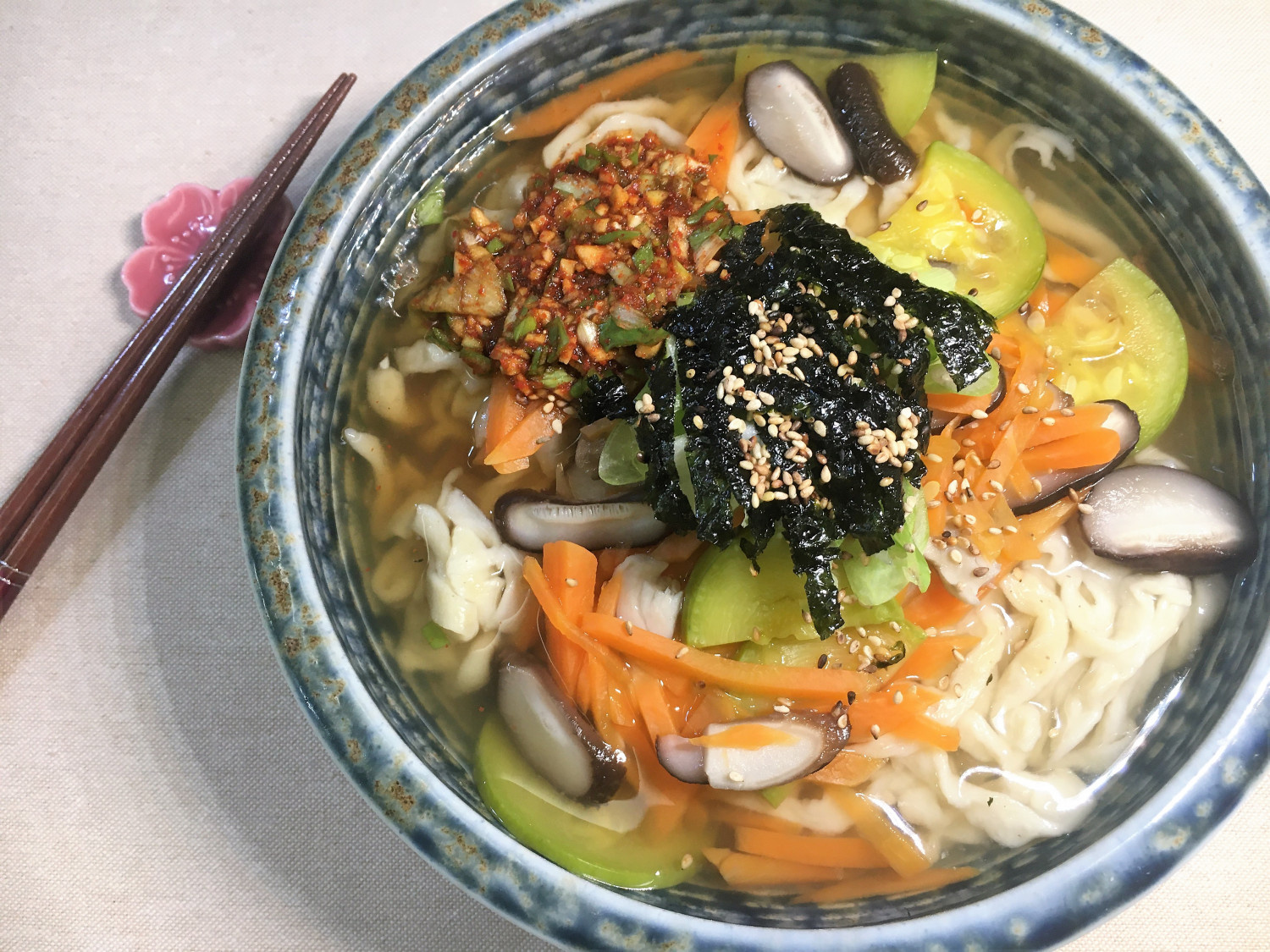
The chilly weather.. Acorn kalguksu is good for the body. Making
My mother-in-law gave me a lot of acorn powder, so I made acorn sujebi. It's really chewy and easy to make, so it's the best on a chilly day.
2 serving
Within 30 minutes
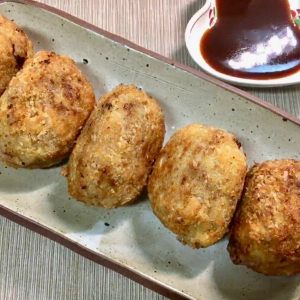
밥순이네
- Ingredients
-
-
Acorn powder1/2cup
-
Flour300g
-
Cooking oil1T
-
Salt1t
-
Shiitake mushroom2ea
-
Young squash1/2ea
-
Carrot1/3ea
-
leek1/2ea
-
Red pepper powder1T
-
fish sauce2T
-
Soy sauce1T
-
crushed garlic1T
-
ground pepper
-
leeklittle
-
seaweed flakeslittle
-
- Video
-
- Cooking Steps
-
STEP 1/13Dissolve the acorn powder in water and strain it through a sieve when foreign substances appear.
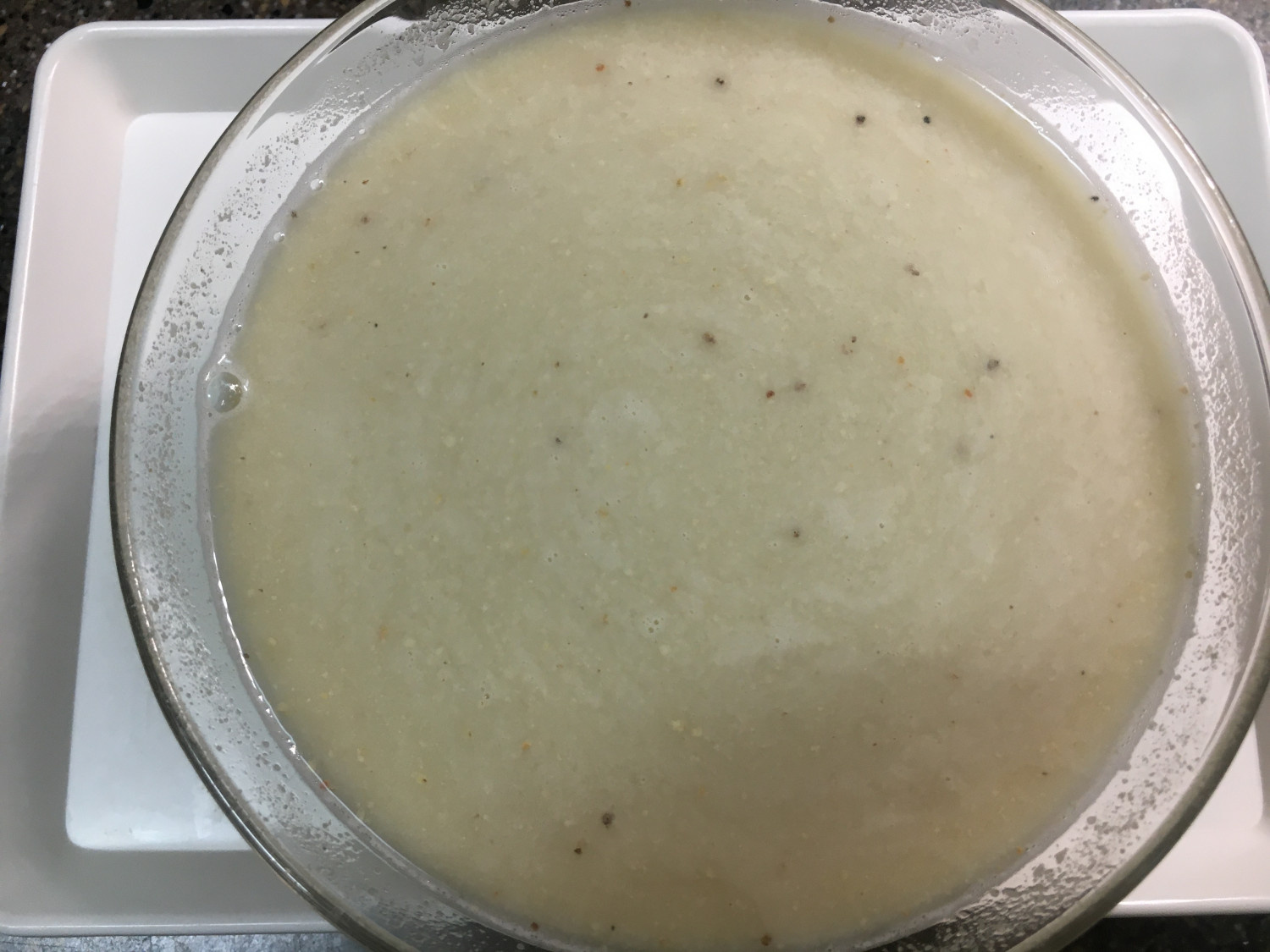 STEP 2/13Mix the flour with acorn sediment, salt, and cooking oil. If you don't have enough water, don't use regular water, but use acorn-soaked water.
STEP 2/13Mix the flour with acorn sediment, salt, and cooking oil. If you don't have enough water, don't use regular water, but use acorn-soaked water.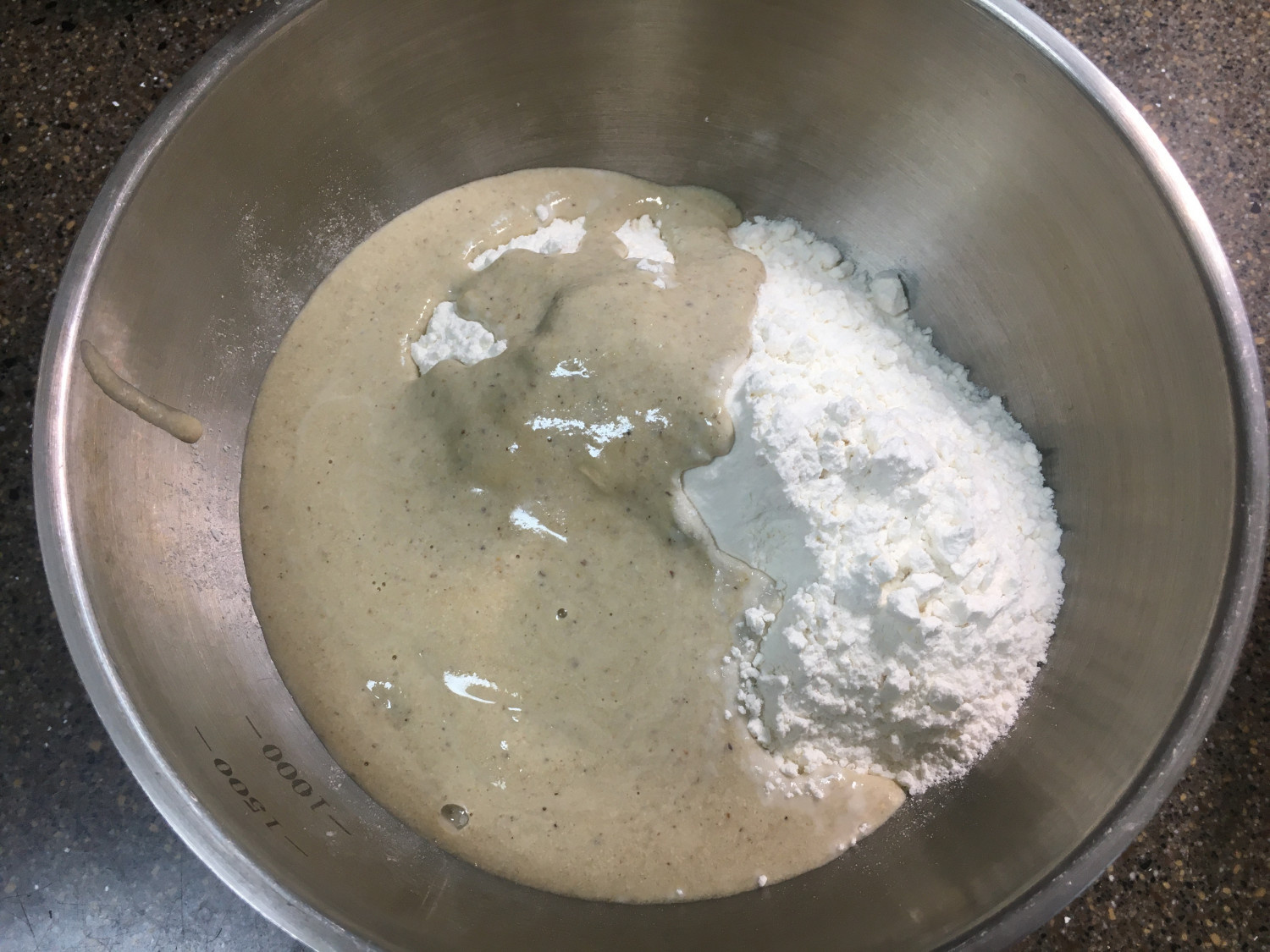 STEP 3/13Cover the dough with plastic wrap and let it ripen for 10 minutes.
STEP 3/13Cover the dough with plastic wrap and let it ripen for 10 minutes.
It was hard because the dough was a little tough, but after cutting it with kalguksu, it was so sticky and soft.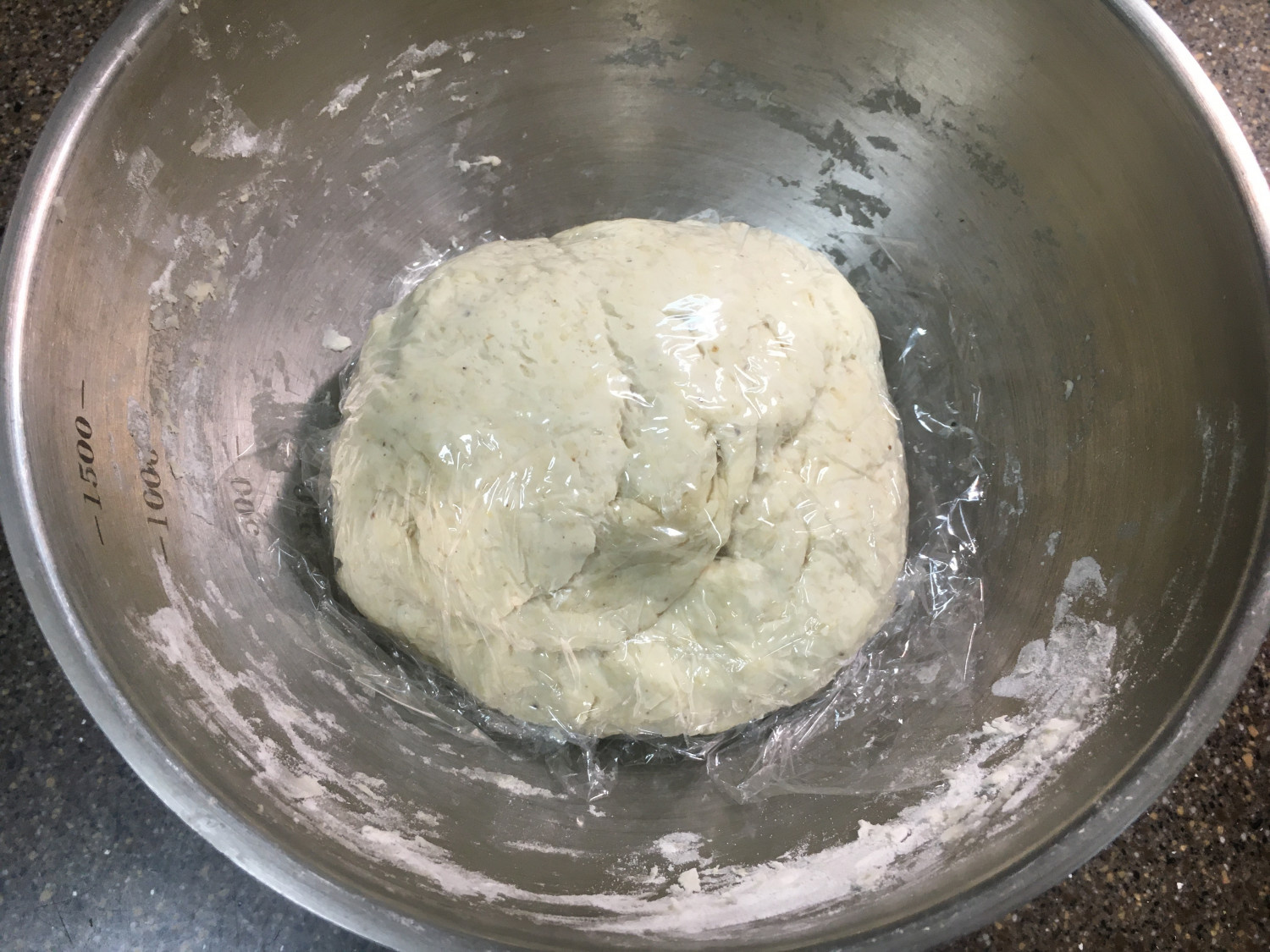 STEP 4/13Use a kitchen towel to dust off shiitake mushrooms
STEP 4/13Use a kitchen towel to dust off shiitake mushrooms
I'm slicing.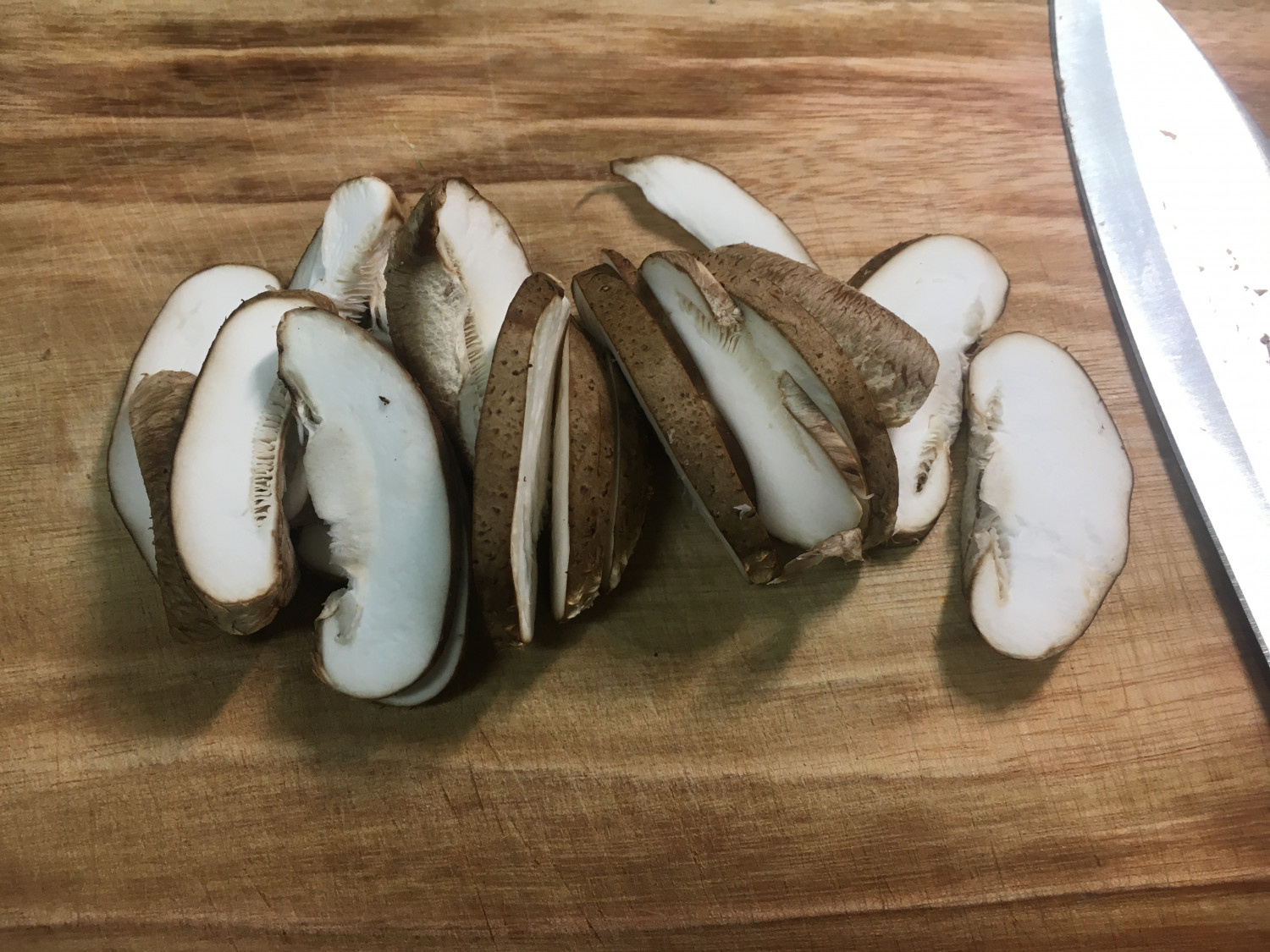 STEP 5/13Cut zucchini in half and cut it in half.
STEP 5/13Cut zucchini in half and cut it in half.
*Wash the other half of the zucchini when it is wet because it goes bad quickly. STEP 6/13Chop the carrots, please.
STEP 6/13Chop the carrots, please.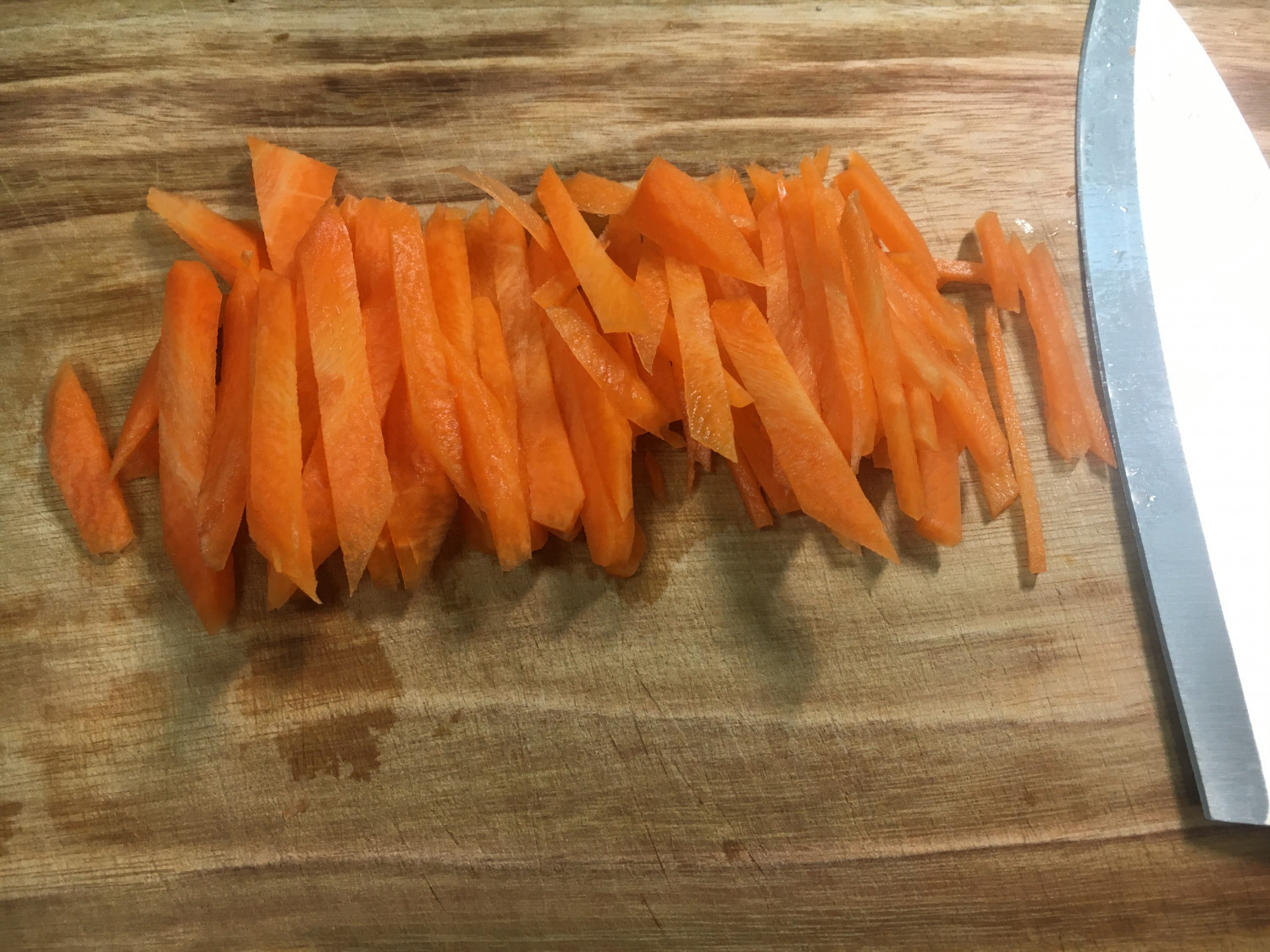 STEP 7/13Cut the green onion diagonally.
STEP 7/13Cut the green onion diagonally.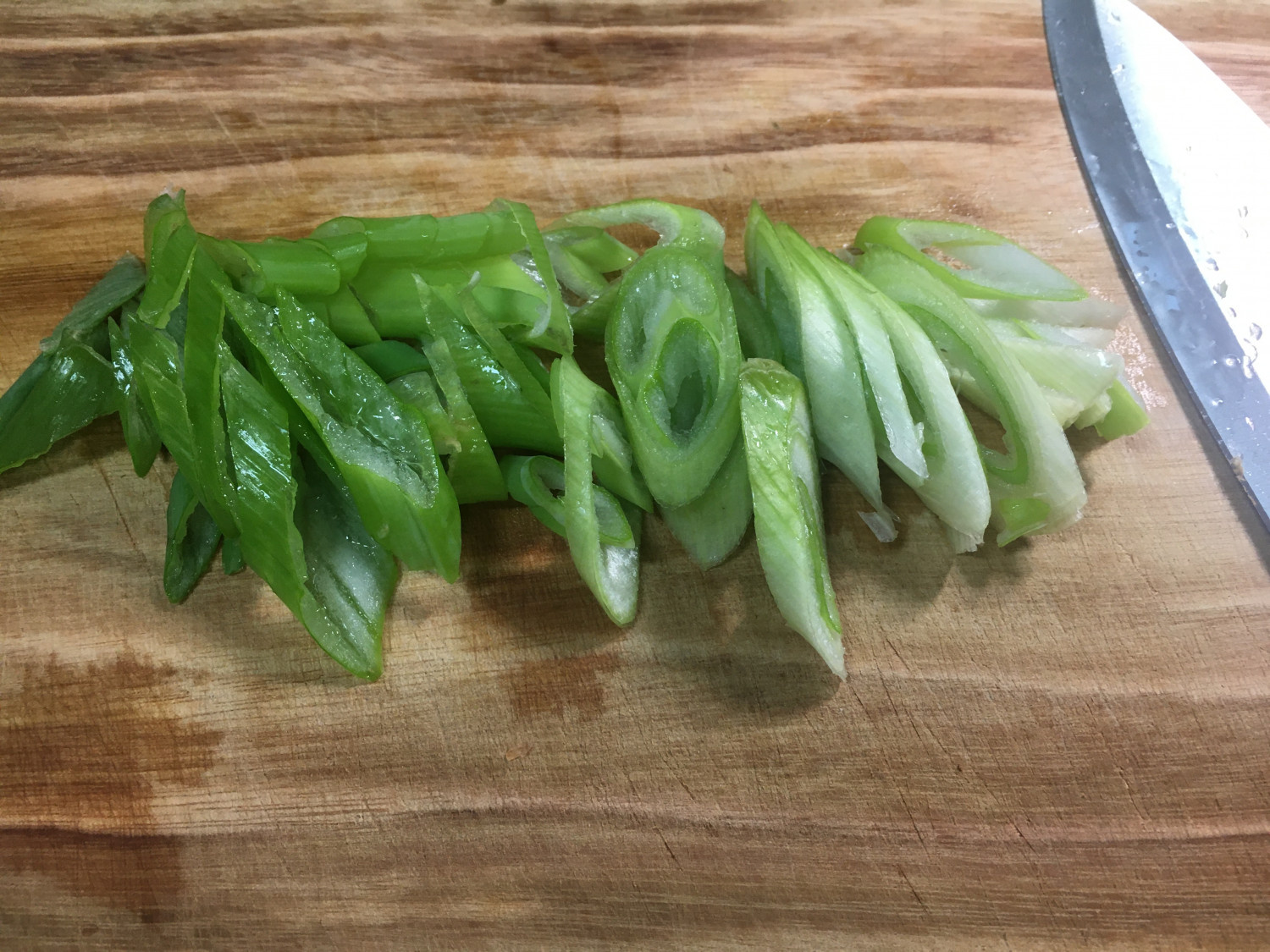 STEP 8/13For the bitter taste of the anchovies, remove the poop and boil the broth with kelp.
STEP 8/13For the bitter taste of the anchovies, remove the poop and boil the broth with kelp.
When it boils, take out the kelp and boil the anchovy stock. STEP 9/13While the broth is boiling, make the sauce with red pepper powder, fish sauce, soy sauce, ground garlic, pepper, and chopped green onion.
STEP 9/13While the broth is boiling, make the sauce with red pepper powder, fish sauce, soy sauce, ground garlic, pepper, and chopped green onion.
*With or without this sauce, the taste of kalguksu changes completely.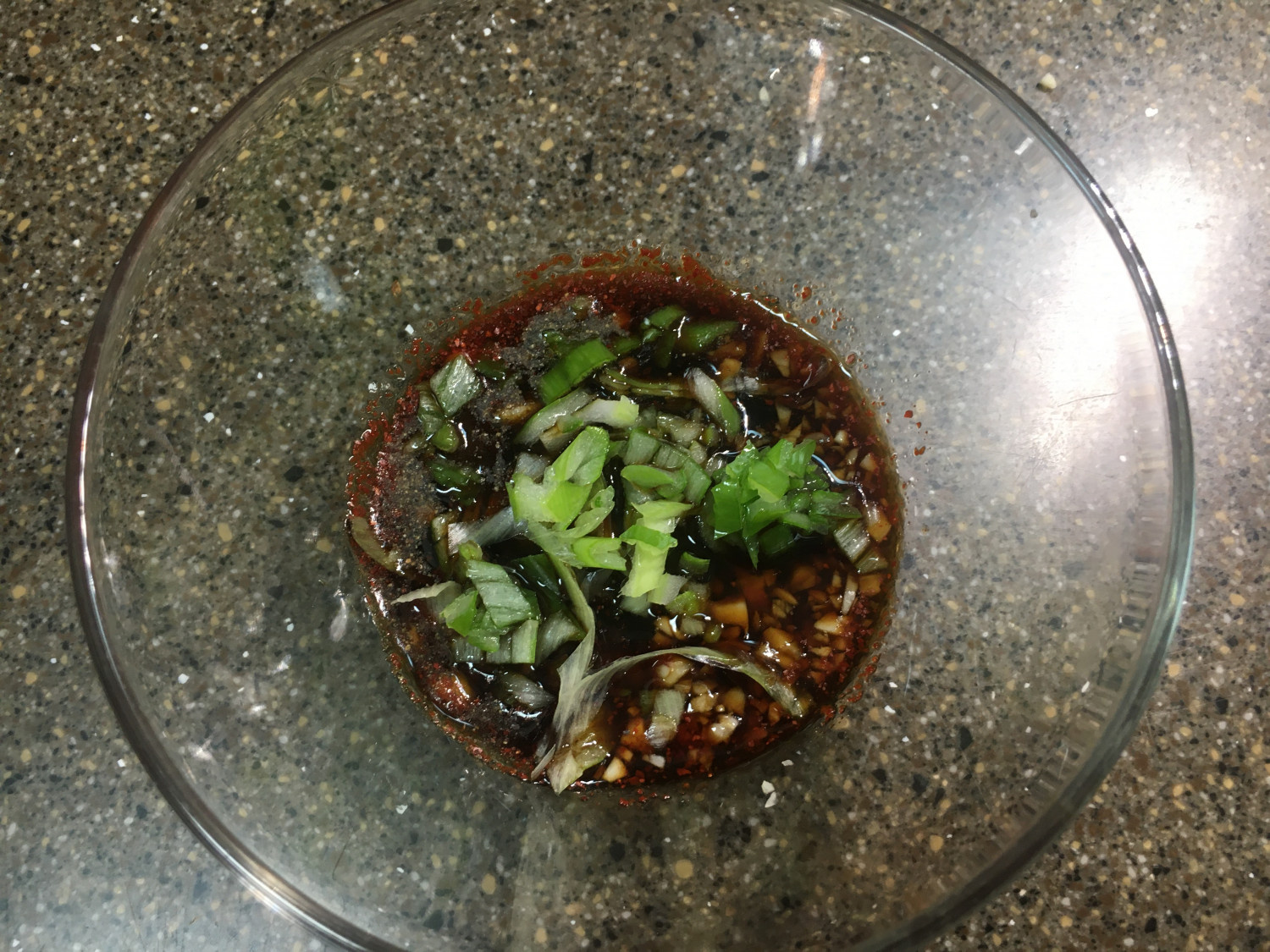 STEP 10/13When the broth boils, take out the kelp, anchovies, add zucchini, carrots, and shiitake mushrooms, and boil it. When 1t of salt and 2T of fish sauce boil, take out the kelp, anchovies, and add ziitake, and season with 1t of salt and 2T of fish sauce.
STEP 10/13When the broth boils, take out the kelp, anchovies, add zucchini, carrots, and shiitake mushrooms, and boil it. When 1t of salt and 2T of fish sauce boil, take out the kelp, anchovies, and add ziitake, and season with 1t of salt and 2T of fish sauce.
*If it's bland, you can put in the sauce, so don't worry. STEP 11/13Sprinkle starch powder on the cutting board, then roll the dough with a rolling pin and cut it into noodles.
STEP 11/13Sprinkle starch powder on the cutting board, then roll the dough with a rolling pin and cut it into noodles.
If the cutting board is narrow, fold it and push it.
I thought it was kneaded hard, but when I put starch on it, it worked very well.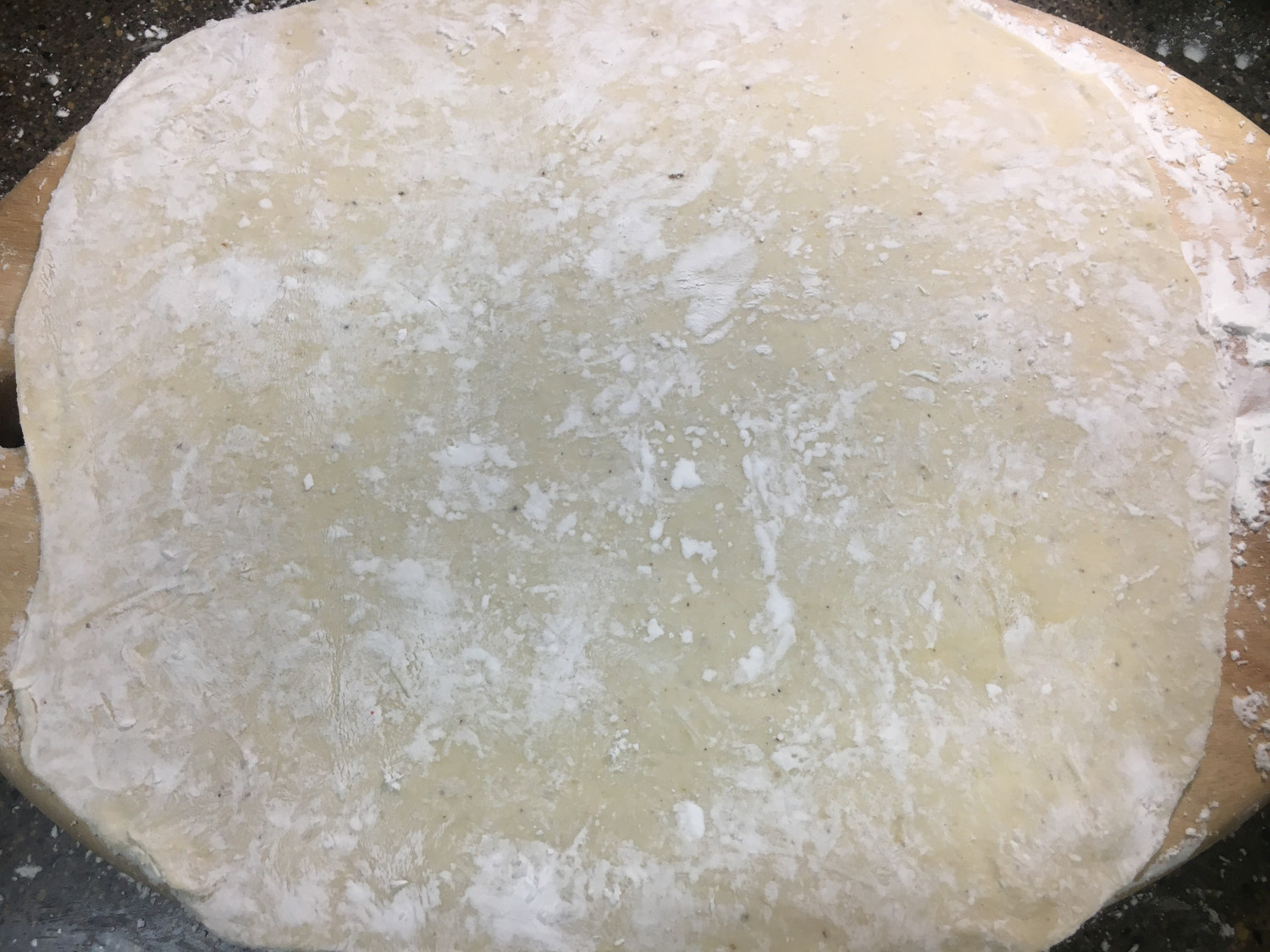 STEP 12/13Boil the chopped noodles separately in a pot for about 3 minutes, strain them through a sieve, and transfer them to a bowl.
STEP 12/13Boil the chopped noodles separately in a pot for about 3 minutes, strain them through a sieve, and transfer them to a bowl.
You can cut the thickness into the thickness you want.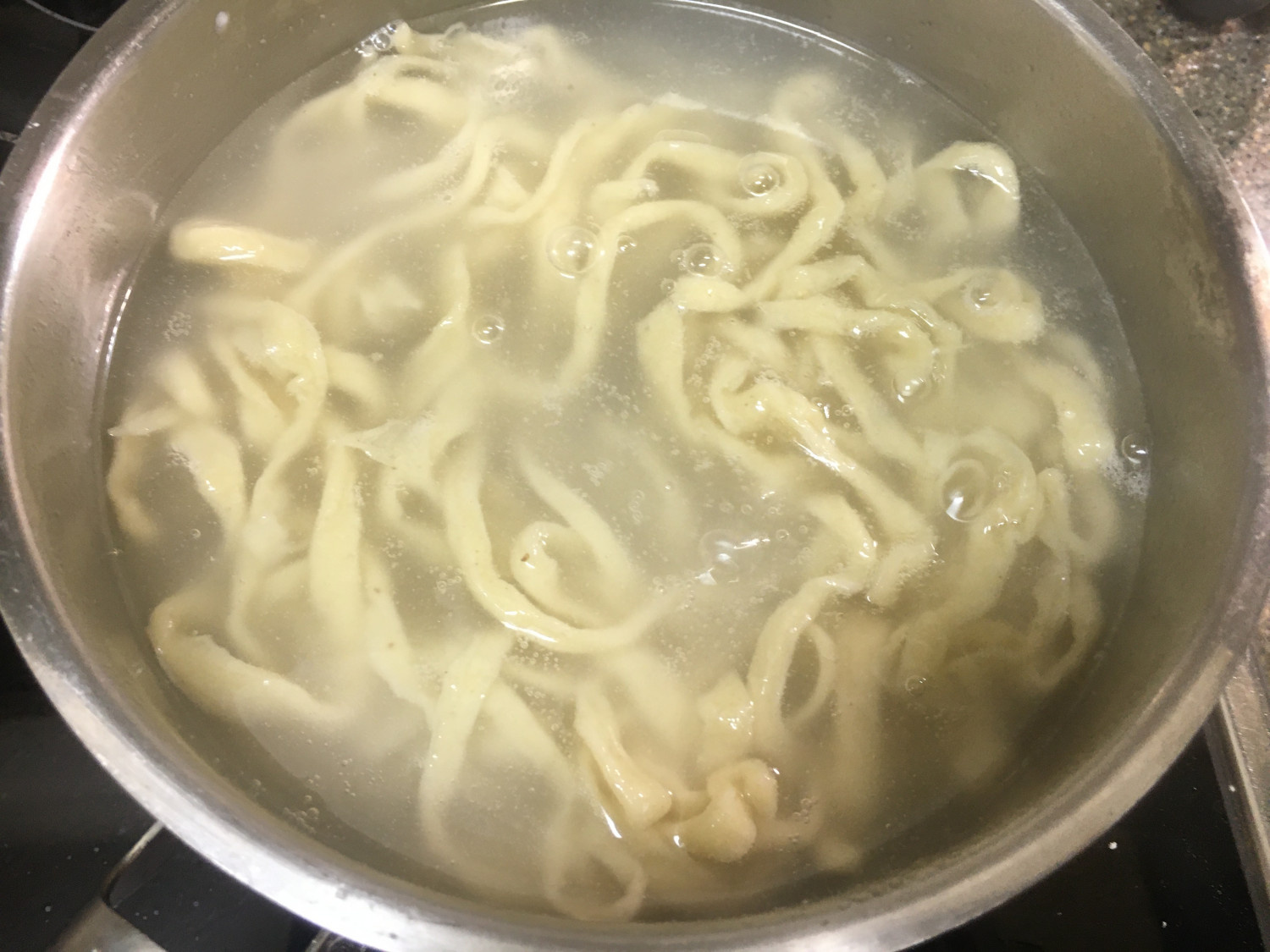 STEP 13/13When you put the kalguksu in a bowl, add the broth with boiled vegetables, seaweed powder, sesame seeds, and sauce to complete it.
STEP 13/13When you put the kalguksu in a bowl, add the broth with boiled vegetables, seaweed powder, sesame seeds, and sauce to complete it. When you knead kalguksu with cooking oil, it helps to form gluten and makes it chewy. When you boil noodles, don't put them in the soup. If you boil it separately and pour the soup Noodles don't get soggy and don't get cloudy because of starch. The sauce may be annoying, but don't forget that it's a big difference between the sky and the earth.
When you knead kalguksu with cooking oil, it helps to form gluten and makes it chewy. When you boil noodles, don't put them in the soup. If you boil it separately and pour the soup Noodles don't get soggy and don't get cloudy because of starch. The sauce may be annoying, but don't forget that it's a big difference between the sky and the earth.
- Kimchi Recommended recipe
-
-
1
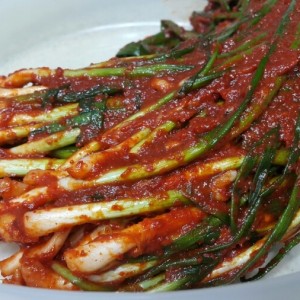 Making homemade Jongwon Baek and green onion kimchi4.84(83)
Making homemade Jongwon Baek and green onion kimchi4.84(83) -
2
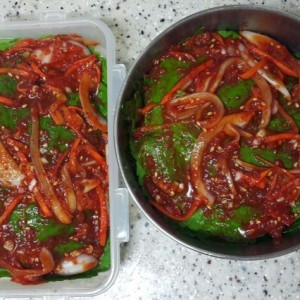 Super simple summer side dish perilla leaf kimchi golden recipe4.93(41)
Super simple summer side dish perilla leaf kimchi golden recipe4.93(41) -
3
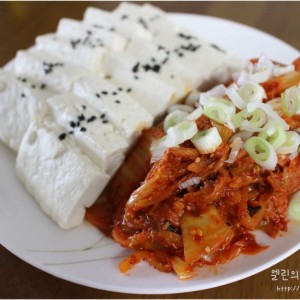 Tofu kimchi golden recipe!! It's okay if there's no meat4.93(68)
Tofu kimchi golden recipe!! It's okay if there's no meat4.93(68) -
4
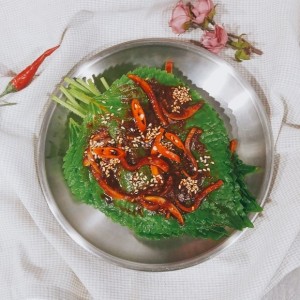 Rice thief popular side dish perilla leaf kimchi golden recipe4.97(122)
Rice thief popular side dish perilla leaf kimchi golden recipe4.97(122)
-
- Bibimbap Recommended recipe
-
-
1
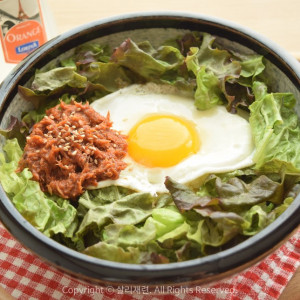 Lettuce bibimbap tastes great if you mix it with tuna ssamjang!4.95(84)
Lettuce bibimbap tastes great if you mix it with tuna ssamjang!4.95(84) -
2
 Use vegetables and pancakes left over from the holidays!Vegetabl4.89(9)
Use vegetables and pancakes left over from the holidays!Vegetabl4.89(9) -
3
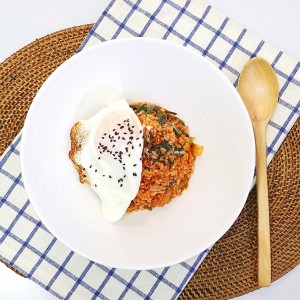 [Honbab Menu] How to make simple young radish bibimbap, how to m4.87(94)
[Honbab Menu] How to make simple young radish bibimbap, how to m4.87(94) -
4
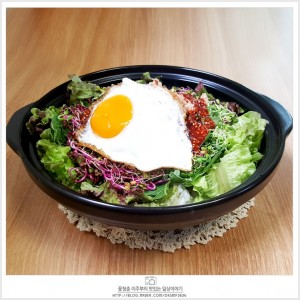 [One bowl recipe] Tuna sprout bibimbap, sprout bibimbap, seasoni4.93(68)
[One bowl recipe] Tuna sprout bibimbap, sprout bibimbap, seasoni4.93(68)
-